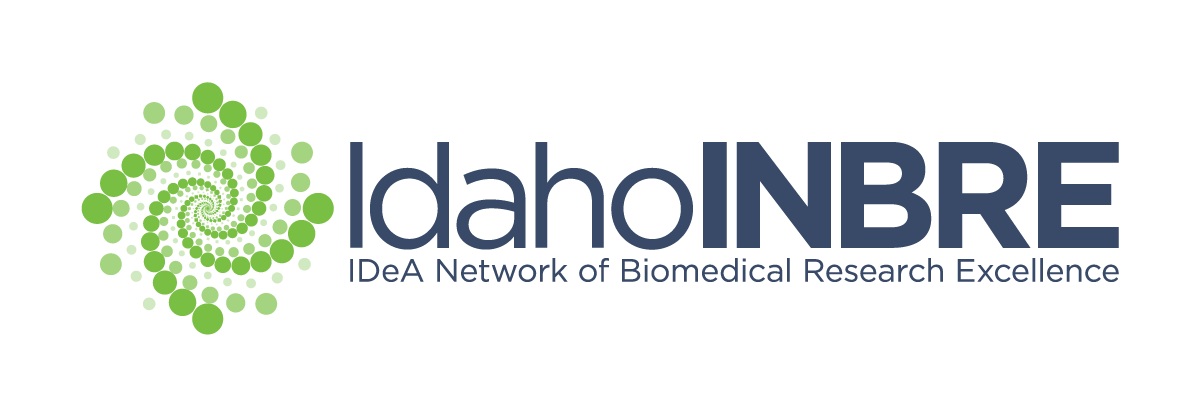
- Name: Madison (Matt) Powell, Ph.D.
- Institution: University of Idaho
- Department: Aquaculture Research Institute (Hagerman, ID)
- Phone: 208-837-9096
- Email: mpowell@uidaho.edu
- Website: https://www.uidaho.edu/cals/animal-veterinary-and-food-sciences/our-people/matt-powell
Summary: We use genetic and genomic tools to examine: 1) the growth and health of fish and 2) the differences between fish populations with regard to their physiology. All of the laboratory techniques and equipment we use are the same as those used by folks who study birds mammals, and humans. Many of the fish systems we study such as carbohydrate metabolism can serve as a model for human systems. For instance when we feed a trout a diet high in sugar, their systems act just like a human with Type II diabetes. We then look at how the fish processes sugar in order to learn more about the physiological processes across species.
Minimum Classes: Students should have had at least one chemistry course and one biology course.



